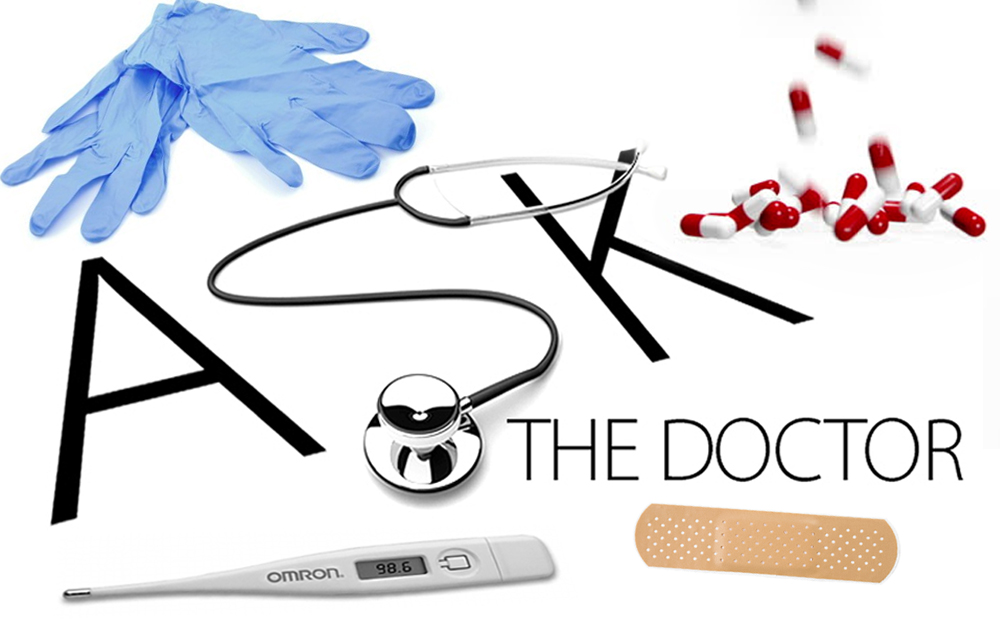
BY DR PETER KADILE
Some important things to remember…
Second Degree Burns
This type of burn causes significant skin damage and forms blisters. I have treated several cases of second degree burns to the feet in my practice. This injury commonly occurs when a person is walking barefoot outside on the grass and then will walk onto the hot pavement. Another common scenario is when a person is barefoot in the house and just “stepped out to get the mail”. Hot asphalt or pavement can reach temperatures of up to 140 degrees and can instantly burn the skin in just a few seconds. Severe burns of the skin require medical attention, so do not take any chances and protect your feet! Wear shoes, slippers, flip flops, etc….
I have also seen contact burns on the hands from car door handles and outside door handles on a store. You have to constantly be aware that our desert sun during the summer not only raises the outside temperature but also heats many outdoor surfaces we commonly come in contact with. I usually recommend carrying a small towel or handkerchief with you to open metal door handles, or else use a piece of your clothing.
Hydration
I have mentioned the importance of adequate hydration in previous articles. Poor fluid intake, especially in the summer heat, increases one’s chance of dehydration. A person can be dehydrated without feeling thirsty, so it is important to drink water throughout the day and especially if outdoors. A good gauge to assess hydration status is the color of your urine; the clearer your urine the better, dark urine is a sign of poor hydration status. Coffee, soft drinks and alcoholic beverages don’t count as good fluid intake because they actually cause dehydration.
Heat Cramps/Heat Exhaustion/Heat Stroke
Poor hydration habits along with prolonged exposure to heat and humidity can cause different types of heat related illness. For all these illnesses, treatment should include a cool place, rest and proper hydration with water or sports drinks.
Heat Cramps are the mildest form of heat injury and present as very painful and severe muscle cramps and spasms. Stretch cramped muscles slowly.
Heat Exhaustion is more severe and can include nausea, vomiting, headache, weakness, pale and moist skin and fever. One should remove excess clothing and place cool clothes on the skin. If the symptoms don’t resolve, then medical attention with IV hydration may be needed or else the condition can progress to heat stroke.
Heat Stroke is the most severe form of heat illness. It has the symptoms of heat cramps and heat exhaustion but includes neurological signs and symptoms of confusion or agitation and possibly seizures or coma. The skin in heat stroke is warm and dry. Heat stroke is a life threatening emergency and requires immediate medical attention.
Use Sunscreen
SPF stands for Sun Protection Factor and ranges from 2 to as high as 50. It refers to the sunscreen’s ability to screen or block out the sun’s harmful rays. The number stands for the length of time one can stay in the sun using the sunscreen before burning compared to when not wearing a sunscreen. For example, if a person uses a sunscreen with an SPF 15, that person can be in the sun 15 times longer than without sunscreen before burning.
Dermatologists recommend using a sunscreen with an SPF of 15 or greater, higher SPF if you are lighter or fair skinned. Choose a sunscreen that protects against UVB and UVA radiation.
If you plan on doing a lot of swimming or water activity, then I would recommend a “waterproof” sunscreen over a “water resistant” brand. A waterproof sunscreen maintains its SPF level twice as long as a water resistant product when exposed to water.
Don’t forget to reapply the sunscreen because they will sweat off, so follow the directions on the bottle on how frequently you need to reapply.
Sunscreen should be applied to dry skin 30 minutes before going outside.











































